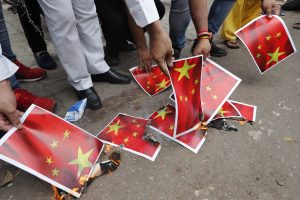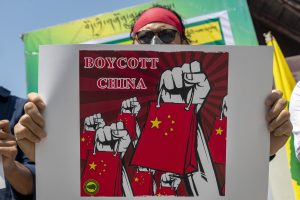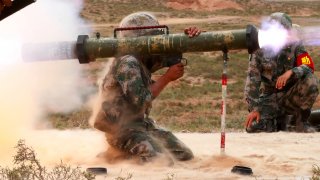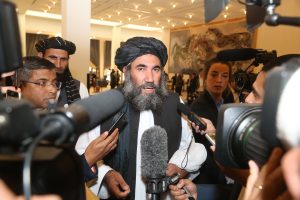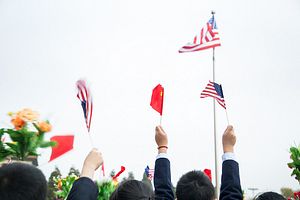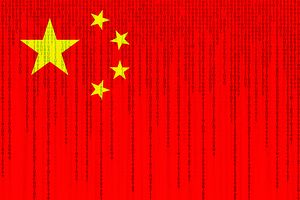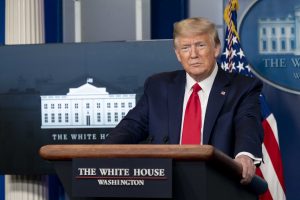Bruce Riedel
The deadly clash this week between India and China in the Himalayas is the worst crisis in their border quarrel since 1967. It may escalate to the worst since the 1962 Sino-Indian War, which almost brought the United States to war with China. The COVID-19 pandemic makes the current situation worse, it’s hard to be cool-headed in the midst of a humanitarian disaster on both sides of the disputed border. Pakistan is also a very interested player, watching the game play out just as it did in 1962 and hoping its rival India will be humiliated.
At least 20 Indian soldiers died in the clashes in the Ladakh region adjoining Kashmir on June 15. The Chinese have not provided any casualty figures. The fighting was primitive: No firearms apparently were used, just sticks and stones. Two states armed with nuclear weapons had a fist fight, with fatal consequences and an unpredictable outcome.
Two states armed with nuclear weapons had a fist fight, with fatal consequences and an unpredictable outcome.
The remote region where the clash is occurring is strategically important to both countries because it is close to where India, China, and Pakistan meet. In 1962, India was badly defeated by the Chinese, losing the Aksai Chin region of Ladakh in a matter of days. Unlike in other border zones where the Chinese whipped the Indians, China did not withdraw from its gains. China took almost 15,000 square miles of what had been India in Aksai Chin, and has kept it ever since. It maintains claims to even more of Ladakh — hence the ongoing dispute.
For decades, both sides have built up their transportation infrastructure to get troops and supplies to the Himalayan front line. A newly upgraded road, built by the Indians, appears to be at the center of the latest tension.
